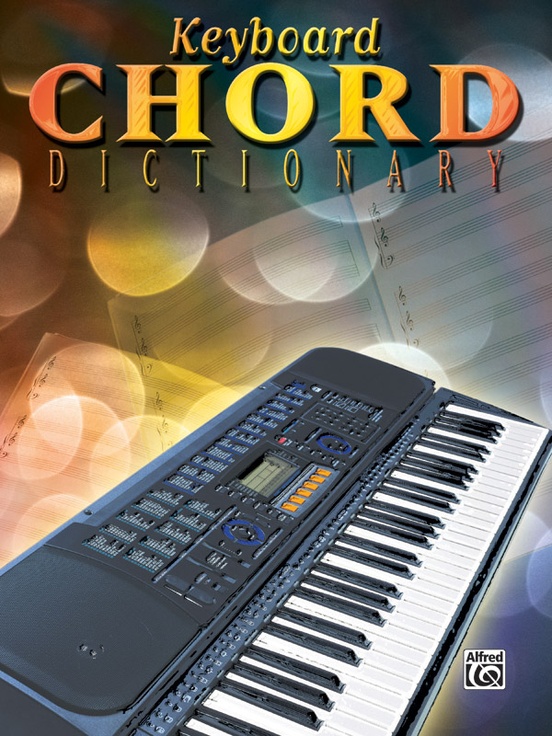

Then the chord is written with a sole letter, as in C, it is a major chord.

When looking at piano chord symbols, we often see # (pronounced sharp) or b (pronounced flat), for example C# or Db. To understand the pictures used in the piano chord guide it is to your advantage to know all the notes on the keyboard. Therefore, you should strive for placing your hand somewhere in the middle. You will notice, however, that there is more bass on the left part of the keyboard and more treble as you go to the right. Since the pattern of keys repeat itself on the keyboard, you can place your hand in many positions. To play the actual chord on a piano, press down all keys marked in red (if needed, see a diagram compared to a realistic picture). On the image below you can see one example of how a piano chord is presented on this site including a diagram:Ī red color means that the key is part of the chord that is in focus. Combining themĪfter you learned some chords, the next step is to combine them into progressions. See fingerings illustrated with pictures. Normally, the ring fingers are the weakest and need the most strength training.

On this site you can find fingerings for the chords, these are suggestions that strives to follow the standard way, but must not be optimal in all situations or for all hands.Įxercises could be done for developing independence among the fingers. The numbers are used to simplify and represent the five fingers from thumb (1) to little finger (5), regardless if the left or right hand is concerned.
The most common fingerings for triads using right-hand are, in order: thumb (1), middle finger (3) and little finger (5). The most common fingerings for triads using left-hand are, in order: little finger (5), middle finger (3) and thumb (1). Always strive for the most natural position for the hand. when the first note is not a black key) you should involve the thumb. In general, avoid using the thumb for the black keys. Here are some advice to lead you to right practice: The fingers to use when playing piano chords varies. This is far more natural than the opposite because the harmony and melody sound better combined this way. If you play solo, you are mostly playing the chords with your left hand and the melody with your right. the root note first and when the rest of the notes or the root followed by the whole chord on a higher octave, called stride chords). Other piano techniques include playing chords in two parts (e.g. you play in a band or with a singer) you can choose to play only with one hand or with both, depending on how advanced things you are playing – when playing chords including many notes, using two hands can be advantageous (see Two-hands chords). So which hand do you play chords on piano with? The answer is that it depends.įor musical accompaniment (i.e. It is also important to use the right fingers and this is called fingerings. As you make progress, you will find more ways of altering the outcome. A chord can be played by pressing down all the relevant keys simultaneously or each at a time. When you know which notes that belong to a chord, you can play it in several ways. C7, C9, C11), they are adding notes using intervals from the root of the chords with seventh, ninth and eleventh degrees. The Cm7 adds one note to Cm, the seventh in the C minor scale. The Cmaj7 chord adds one note to C, the seventh in the C major scale. Building chordsĪ good way to learn chords on the piano is to be familiar with how they are constructed. In addition, chords with six or seven notes also exist. There are triads (three notes), four-note (sometimes called tetrachords) and five-note chords. One thing that differ among chords is how many notes that are included. There are lots of different chords that can be organized in different groups and categories. A chord is a group of notes that can be played together and function as the harmony in music.







 0 kommentar(er)
0 kommentar(er)
